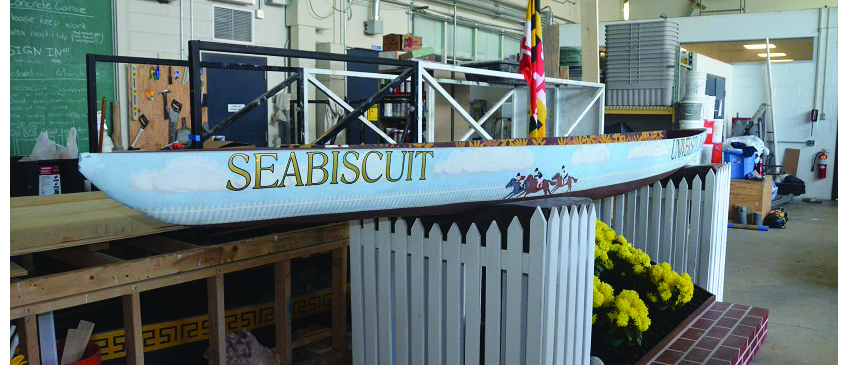Date: May 7, 2015
News - Concrete Canoe Dominates Regionals

After a year of engineering and building a concrete canoe with finishing materials donated by Chaney Enterprises, University of Maryland’s Concrete Canoe racing team is off to the national competition coming up in June after their victory at the regionals.
When one thinks of concrete, generally slabs, walls, and sidewalks come to mind… not ships and canoes. Ship made of concrete have been floating around for decades while concrete canoes have been a part of the engineering department at the University of Maryland College Park since the ‘80s.
Each year a group of civil and environmental engineering students volunteer to be on the Concrete Canoe racing team and get together to design, plan, create a concrete canoe from the haul up and eventually race. These students get to build skills that will be utilized in their future careers, explore their creativity while understanding the unique, complex composition of concrete, and eventually, burn a ton of calories.
After an estimated 3,600 hours, this year’s group of students created the lightest canoe in the competition, Seabiscuit, weighing in at 165 lbs. To achieve the lightest canoe, Seabiscuit’s mix design committee carefully calculated a mix design with a various cementitious materials, fibers, and admixtures. The team also set a new record by placing first in four of five racing categories propelling them into the national competition coming up this summer at Clemson University.
How in the world can a concrete ship or canoe float? This can be explained by Archimedes’ principle: buoyancy equals the weight of displaced fluid. Or essentially, if the object’s density is less than the liquid it is submerged in or shaped appropriately such as a boat or canoe, the force will keep the object afloat. During the shortages of steel during both world wars, many ships were built of concrete. There is even an online museum dedicated to these fascinating ships: ConcreteShips.org.
For more information regarding the competition (or if you don’t believe what you just read), visit the American Society of Civil Engineers website with all the details featured regarding this national competition.